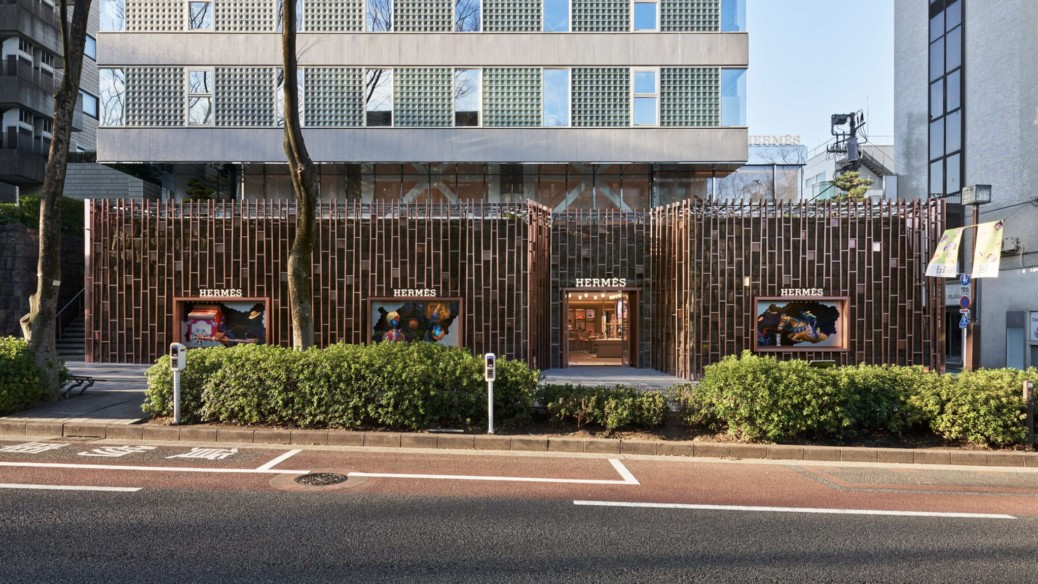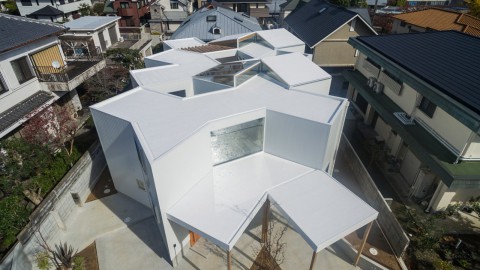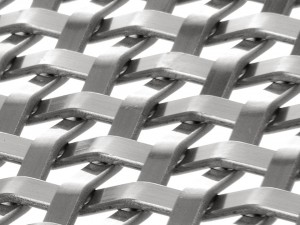Parisian studio RDAI has designed a store on Tokyo’s prestigious Omotesando street for fashion house Hermès, which was designed to evoke aspects of Japanese nature and culture.
The 488-square-metre store is the first freestanding Hermès outlet in Tokyo since the brand opened its Ginza emporium in 2001, which was also designed by RDAI.
巴黎工作室RDAI在東京久負盛名的表參道大街上為時尚屋愛馬仕(Hermès)設計了一家商店,其設計旨在喚起日本自然和文化的各個方面。
自該品牌於2001年開設了由RDAI設計的銀座商場以來,這家488平方米的商店是東京第一家獨立的愛馬仕門店。
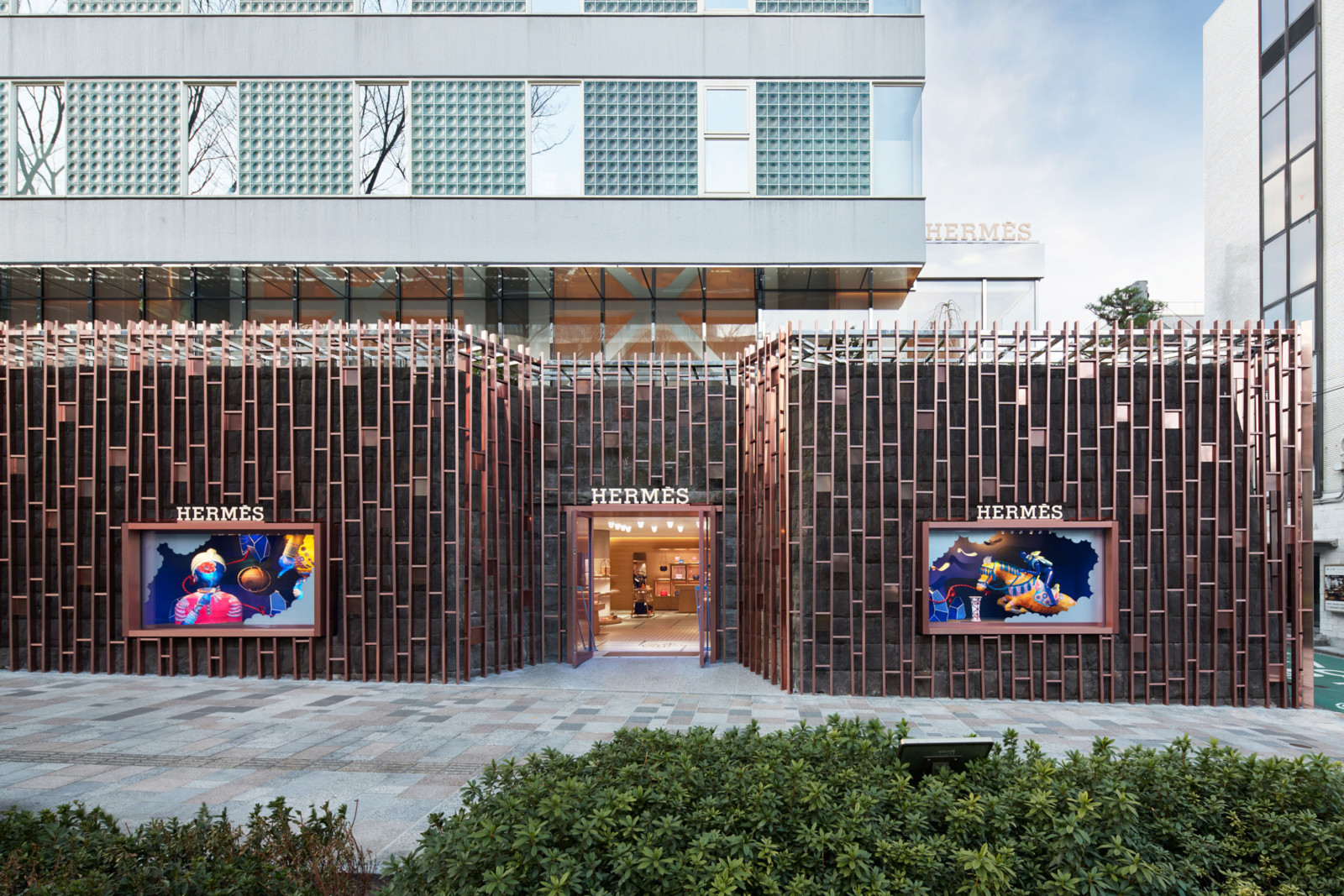
The latest store occupies a prime spot on Omotesando – one of Tokyo’s most luxurious shopping destinations.
The street is lined with high-end boutiques including a Jil Sander store with an interior designed by John Pawson, and an OMA-designed store for Coach featuring herringbone-patterned glass facades.
這家最新的商店佔據了表參道(東京最豪華的購物勝地之一)的黃金地段。
街道兩旁都是高檔精品店,包括由約翰·鮑森(John Pawson)設計的Jil Sander商店和一家室內裝潢,以及由OMA設計的Coach商店,其中以人字形玻璃幕牆為特色。
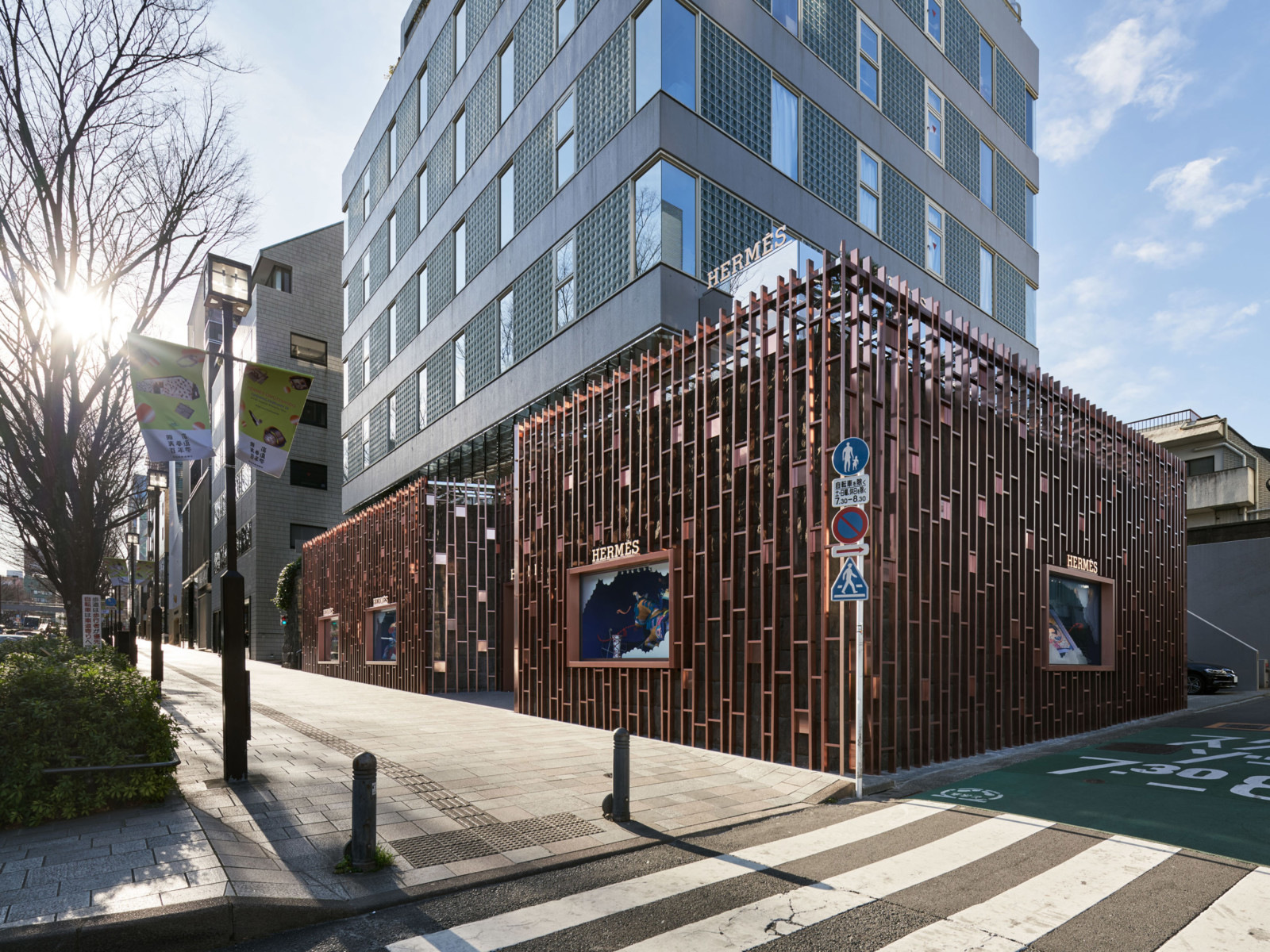
The Hermès store occupies two storeys of the Jingumae Ota Building, which has a stone plinth that prevented the store from having a fully glazed facade.
As the store could have traditional window displays RDAI chose to wrap the building’s base in a geometric screen made from pieces of copper-coloured stainless steel.
愛馬仕(Hermès)商店佔據了神宮前大田大樓(Jingumae Ota Building)的兩層樓,該大樓的石基使商店無法擁有全玻璃幕牆。
由於商店可能有傳統的櫥窗陳列,RDAI選擇將建築物的底部包裹在由銅色不銹鋼製成的幾何屏風中。
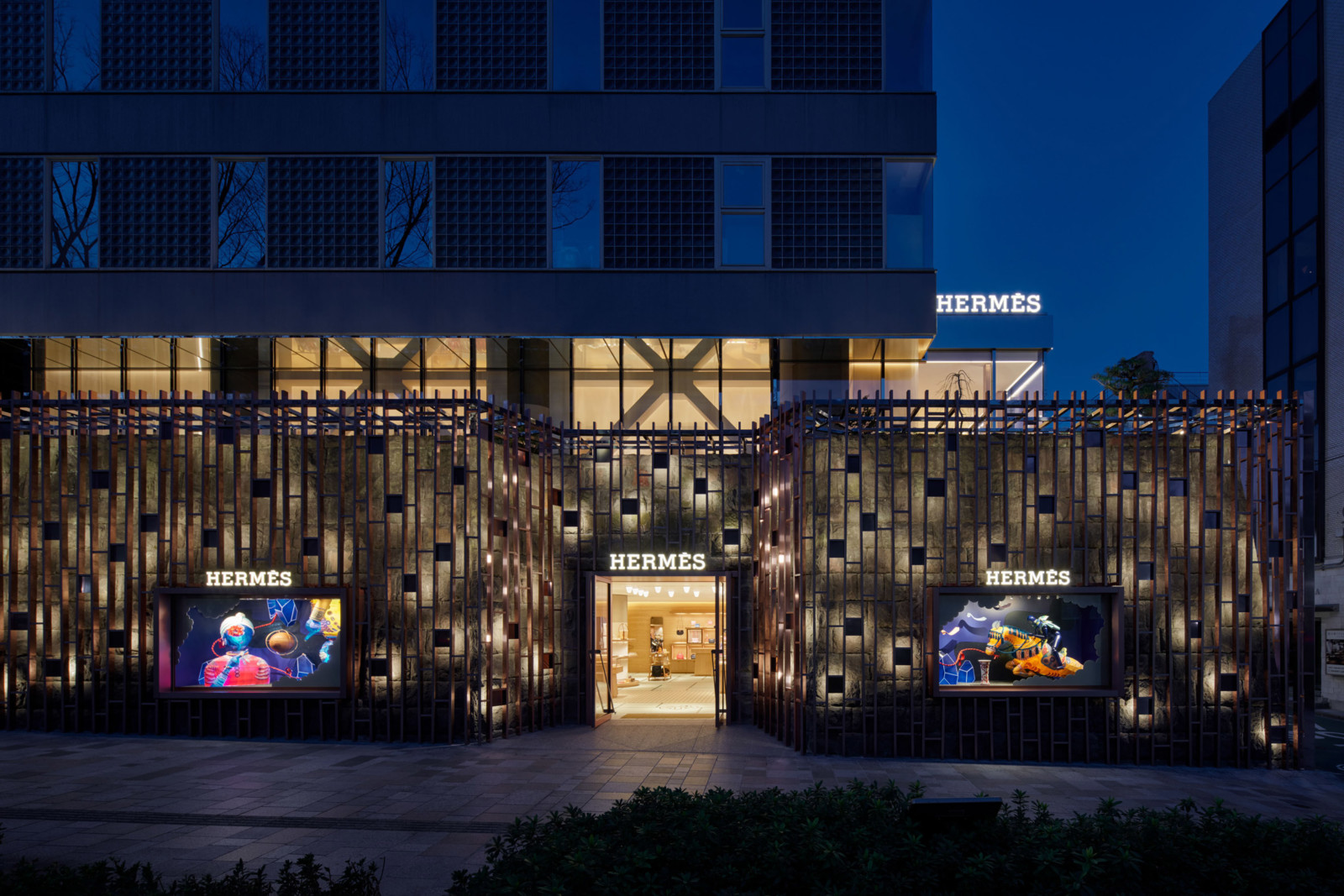
Small window displays are incorporated into the patterned cladding, along with lighting that illuminates the stonework at night.
According to Hermès, the grid gives the facade a modern look that “adds depth and light to the exterior, just as light and shadows intermingle in a bamboo grove.”
圖案化的覆層中裝有小窗戶展示,以及夜間照亮石材的照明。
根據愛馬仕的說法,網格使立面具有現代感,“為外部增加了深度和光線,就像光線和陰影在竹林中交織在一起”。
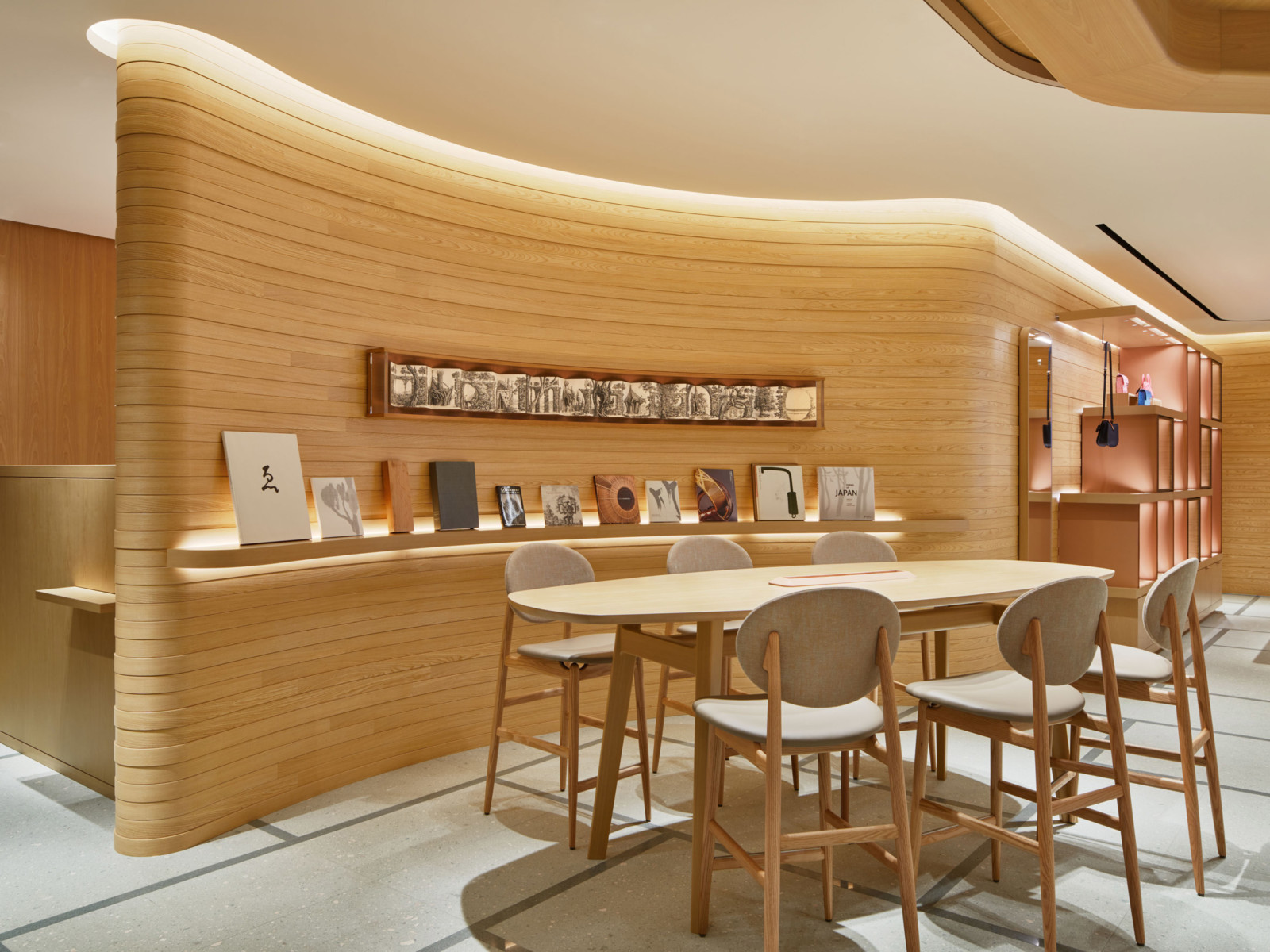
An entrance set back from the street leads into the store, which contains numerous references to Japanese nature and culture.
Floors throughout the retail space are made from green stone in two shades, which is laid in a pattern resembling Japanese tatami mats.
一條從街道後退的入口通往商店,商店裡有許多關於日本自然和文化的參考。
整個零售空間的地板均由綠色石材製成,有兩種陰影,其鋪設方式類似於日本的榻榻米墊子。

The store features curved walls covered in wood panelling, along with floating wooden shelves that wrap around the building’s massive concrete columns. Other walls incorporate multi-toned bamboo marquetry.
這家商店的特色是弧形的牆壁覆蓋著木質鑲板,還有漂浮的木製架子,環繞著建築物的巨大混凝土柱。 其他牆壁包括多色調的竹鑲嵌。
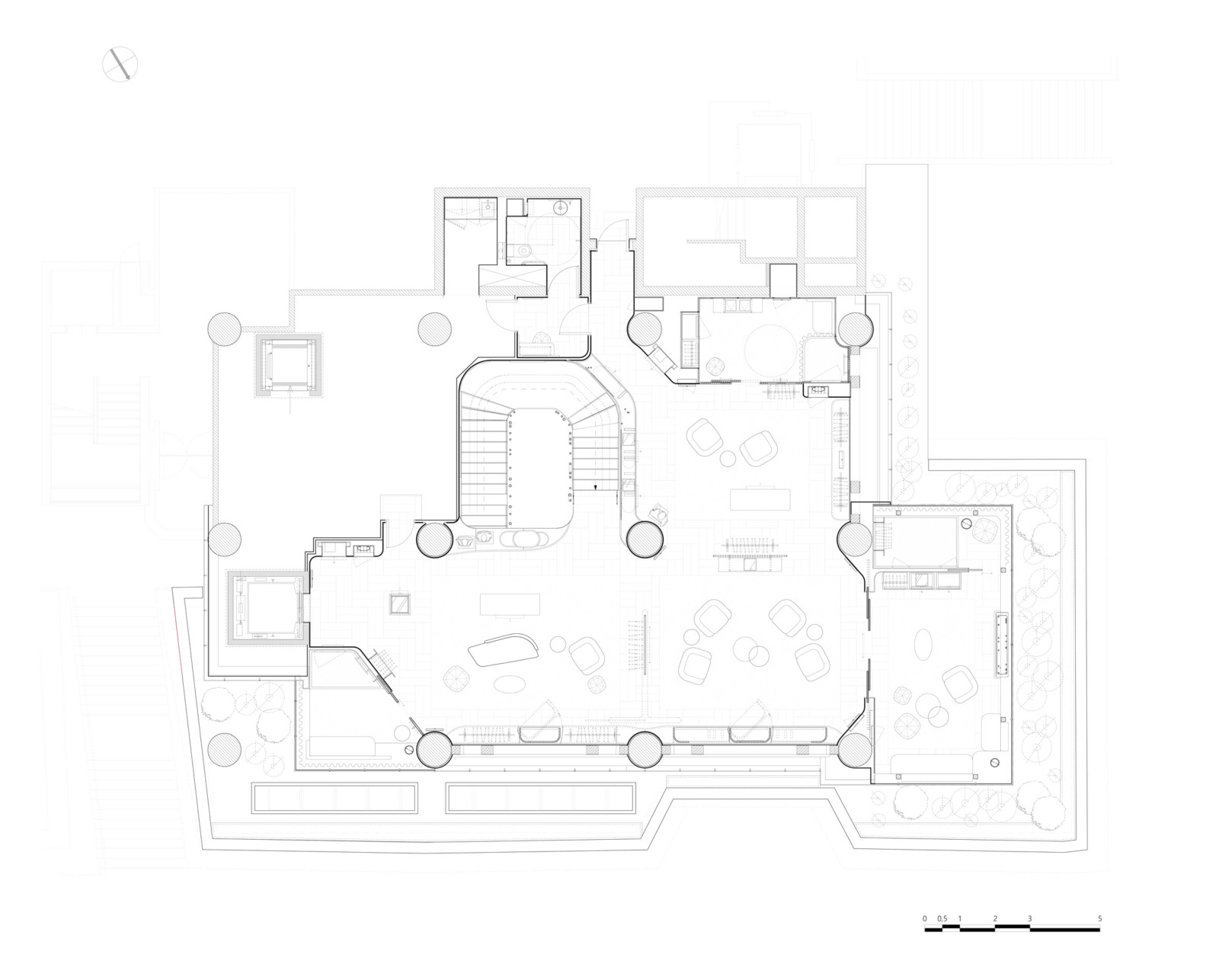
A dramatic staircase provides one of the boutique’s most striking architectural features and also allows light to penetrate between the two levels.
“The organic shapes of [the staircase’s] vertical columns resemble tree branches, while the stairs call to mind pale green stepping stones,” Hermès added.
戲劇性的樓梯提供了這家精品店最引人注目的建築特色之一,也使光線可以穿透這兩個樓層。
愛馬仕補充說:“樓梯的垂直圓柱的有機形狀像樹枝,而樓梯讓人想起淡綠色的墊腳石。”
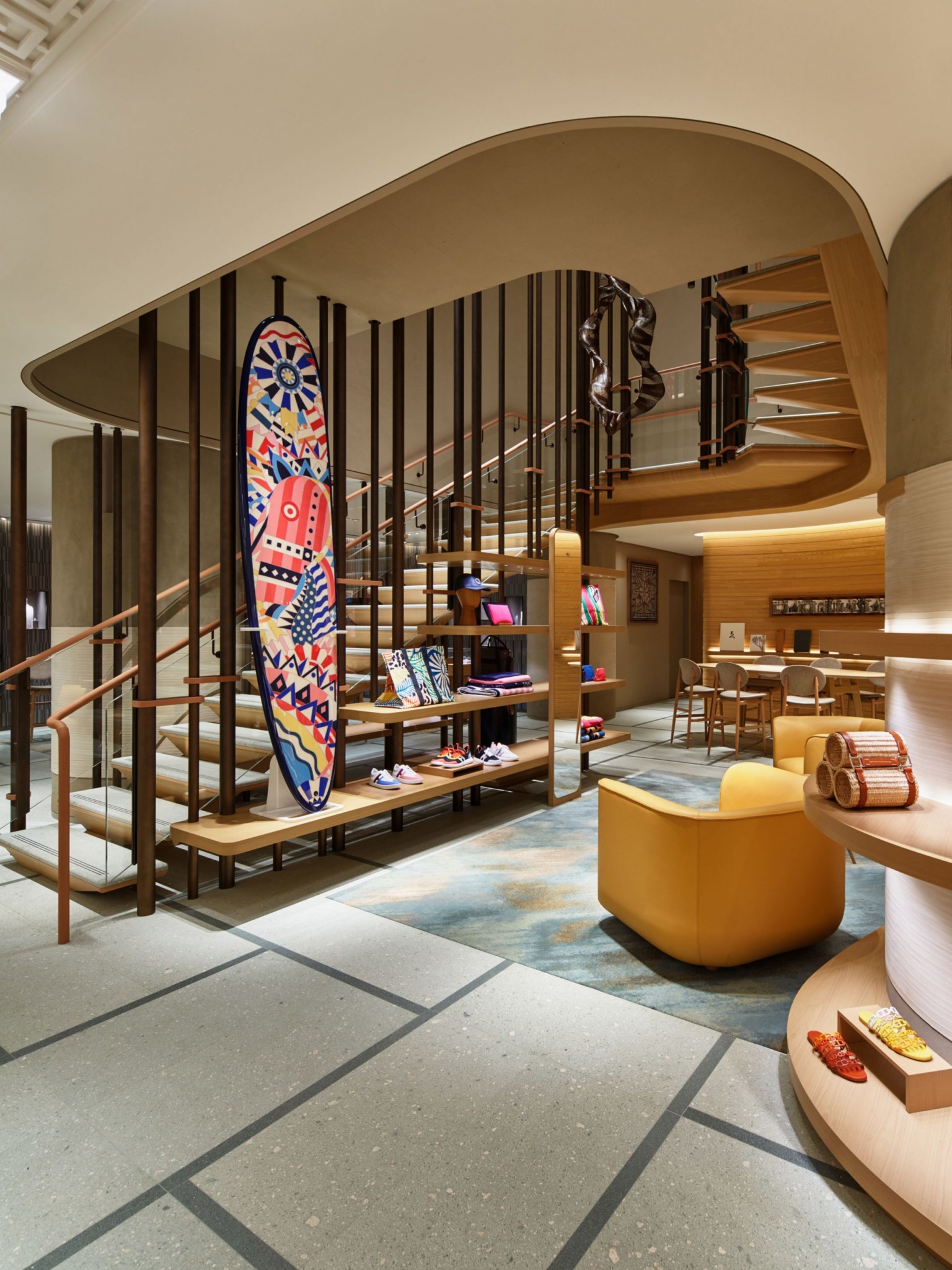
On the way up the stairs, customers will encounter a suspended bamboo sculpture by Japanese artist Shoryu Honda that is inspired by the shapes of clouds and the infinite surface of a Moebius strip.
The second floor features mobile partitions that recall the traditional paper screens used in Japanese architecture to separate spaces whilst maintaining a sense of transparency.
在上樓梯的路上,顧客會看到日本藝術家Shoryu Honda懸掛的竹製雕塑,其靈感來自云朵的形狀和Moebius條形的無限表面。
二樓設有移動隔斷,可回想起日本建築中使用的傳統紙屏風,以分隔空間,同時保持透明感。

RDAI was founded in 1972 by interior designer Rena Dumas and is in charge of Hermès’ global retail design. The studio is now under the direction of Denis Montel.
Its previous projects for the brand include a Paris boutique featuring pavilions made from strips of ash wood and the interior of an Amsterdam store designed by MVRDV.
Photography is by Nacasa & Partners.
RDAI由室內設計師Rena Dumas於1972年創立,負責愛馬仕的全球零售設計。 該工作室現在由丹尼斯·蒙特(Denis Montel)負責。
該品牌先前的項目包括在巴黎的一家精品店,該店設有用白蠟木條製成的涼亭,以及由MVRDV設計的阿姆斯特丹商店的內部。
攝影是Nacasa&Partners提供的。
FROM:https://www.dezeen.com/2021/04/01/hermes-omotesando-avenue-rdai-gridded-steel-facade-tokyo/

